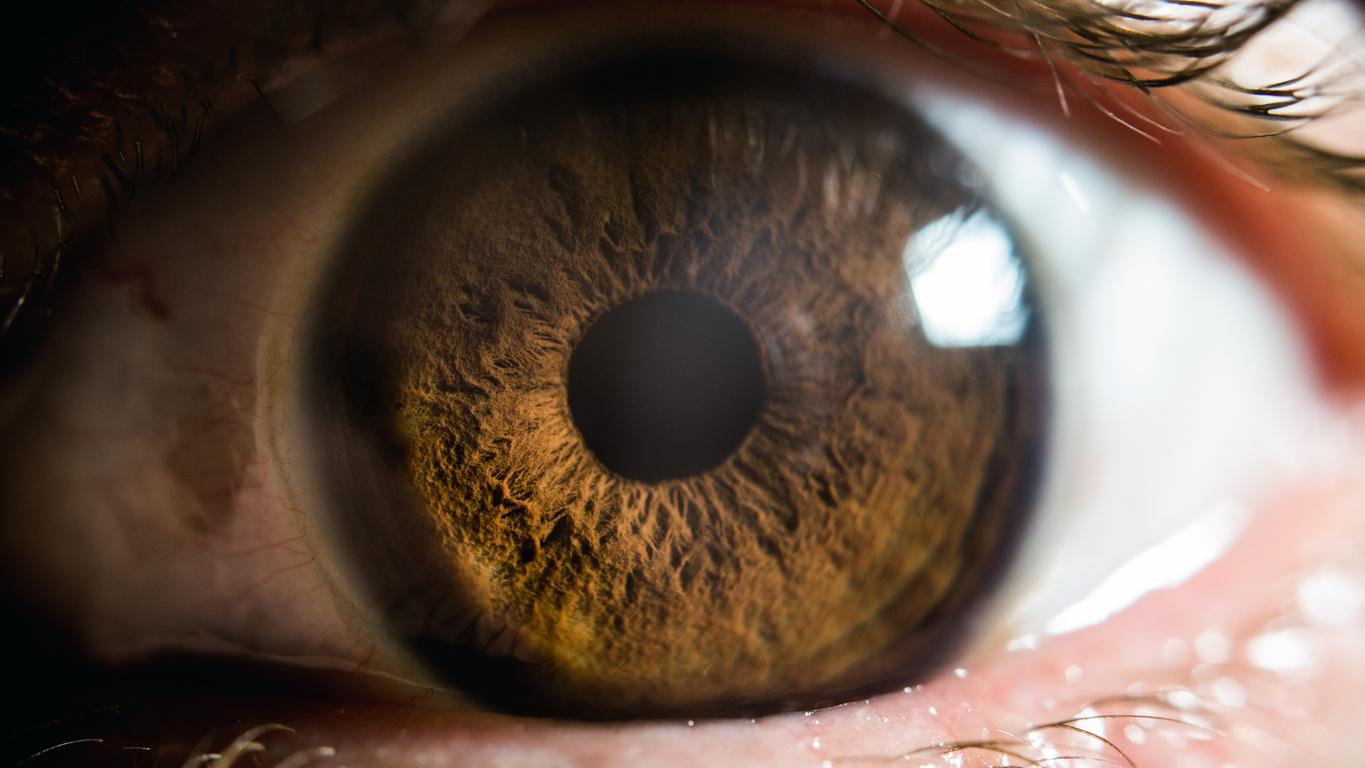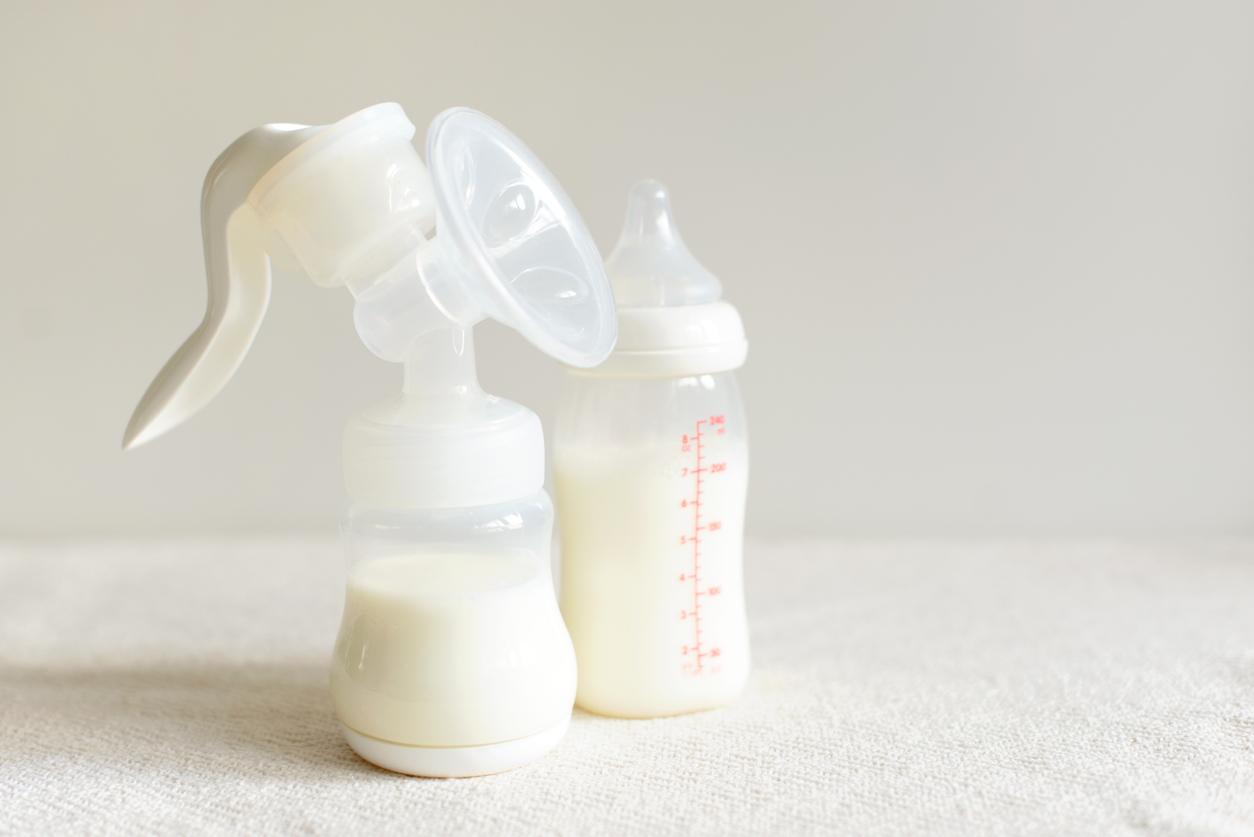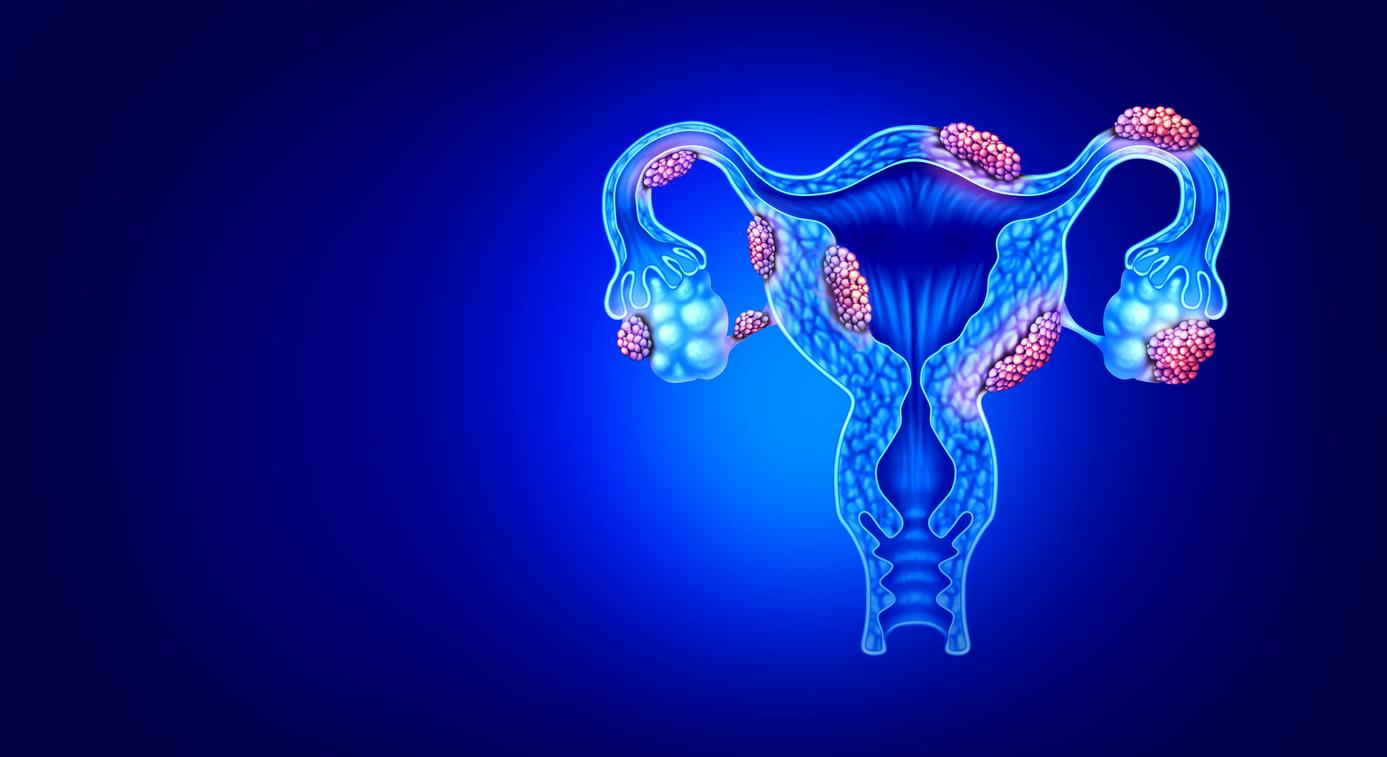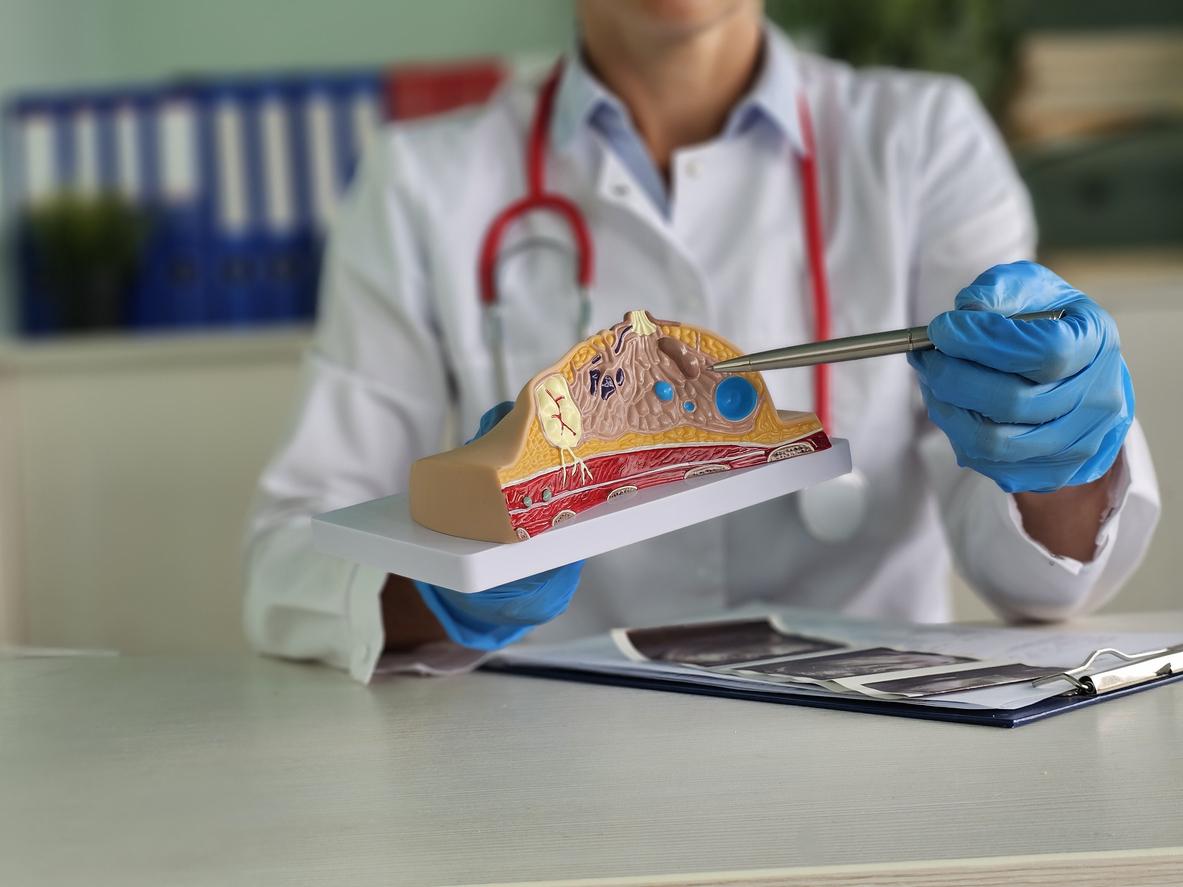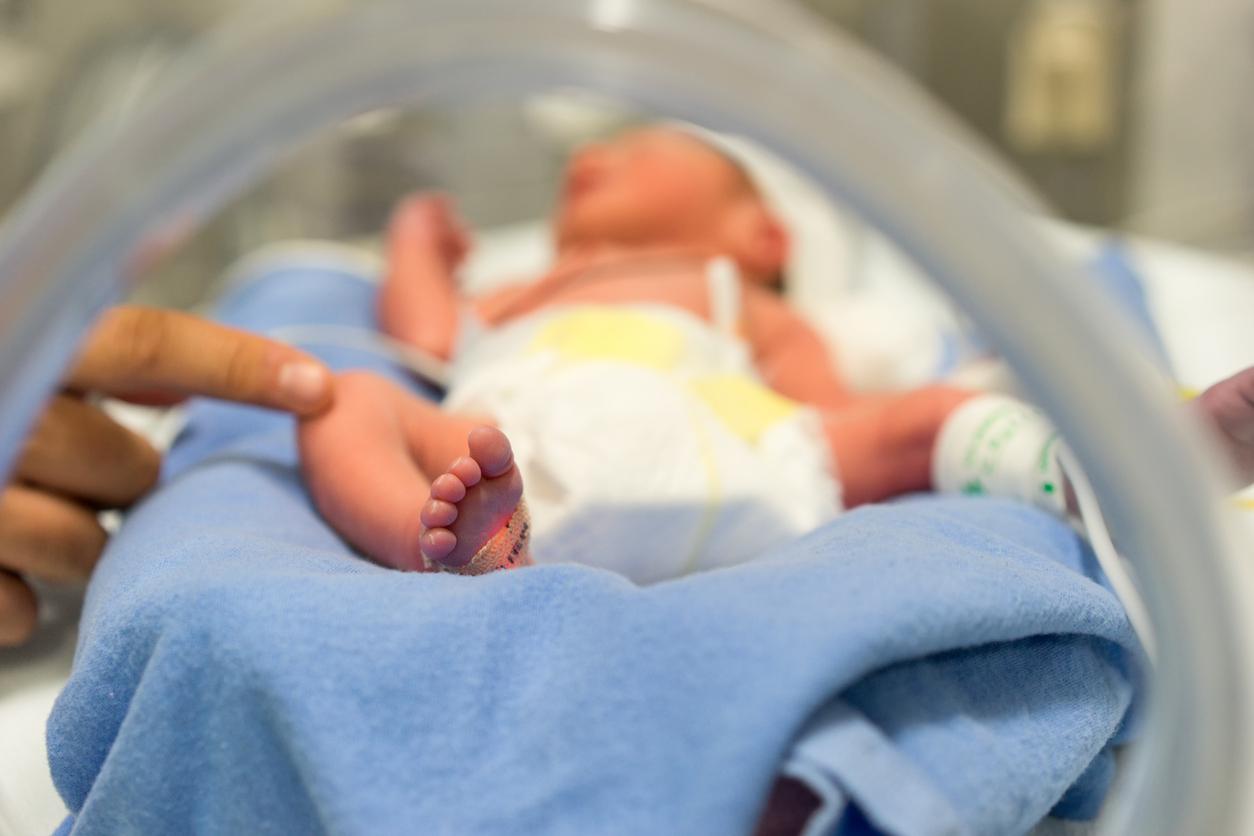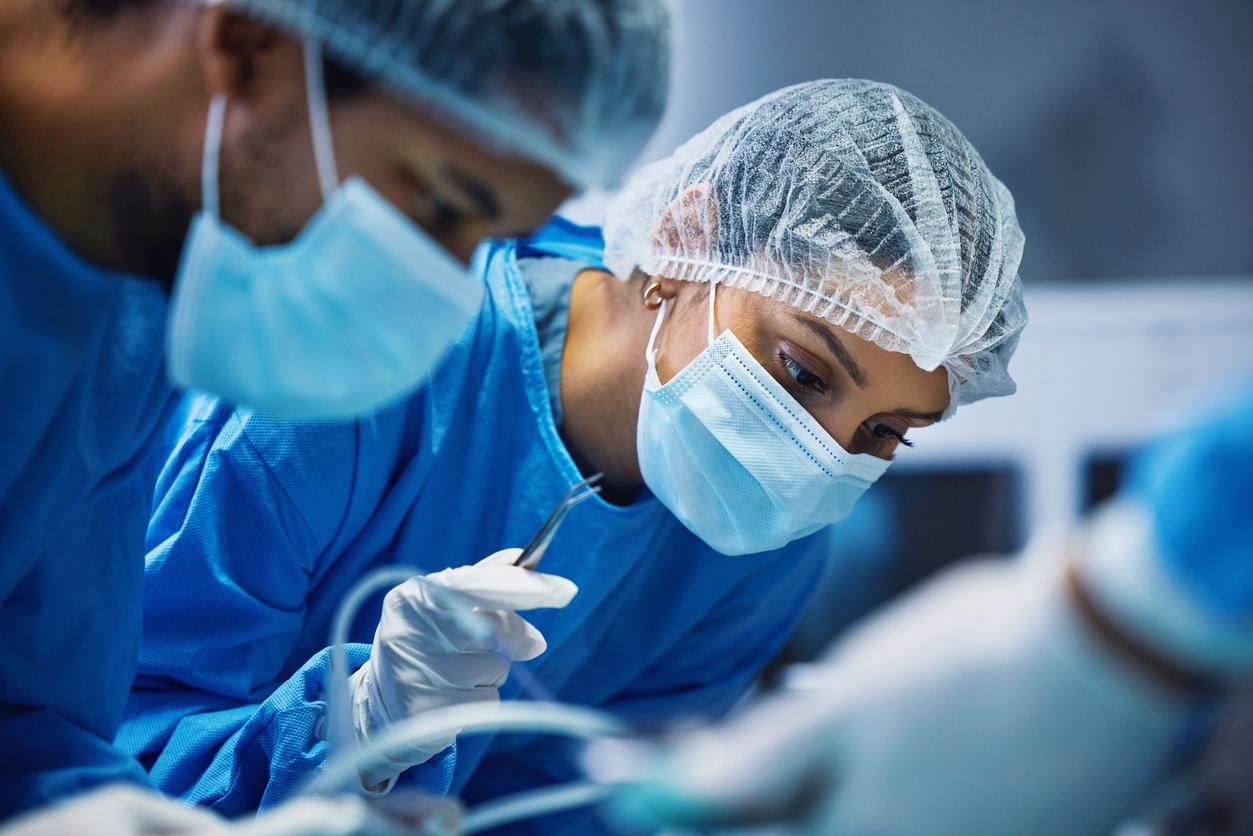Hypertrophic scars are characterized by greater intensity and duration of healing. There are ways to prevent or cure them.
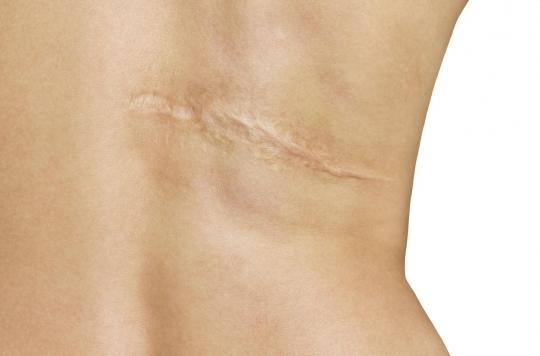
- Scarring is a process that allows nerve and vascular reconnection and causes an inflammatory reaction
- This process normally culminates in a period of one year
- We speak of a hypertrophic scar when the intensity and duration of this process are greater.
Redness, swelling, sometimes itching after a wound or an incision: everything is normal, it’s the skin that heals! In most cases, these unpleasant effects related to an inflammatory reaction last for 2 to 3 months and, in the following months and before the delay of one year, the skin becomes flat, painless and of a solid color.
However, whether following surgery or an accident, this healing — the process by which the skin reconnects with nerve and vascular reconnections — can “go wrong”: the redness persists, the swelling increases. This is called a hypertrophic scar. “These scars are due to the same process that normally takes place but with more intensity and over a longer period of time”explains Richard Zloto, plastic surgeon.
Sensitive areas of the chest, back or ears
What causes healing to take this turn? “Most often, the cause of these hypertrophic scars is genetic, sometimes hereditary; there are patients who know that they heal badly”, underlines Richard Zloto, who also cites two other causes: when a scar, in particular after surgery, is located in an area of tension or when it is on certain parts of the body, the thorax, the back or the ears . “We often see such scars on the occasion of piercing”, says the surgeon. In general, the risk of a scar becoming hypertrophic is linked to the presence of thick skin.
Beyond the aesthetic handicap they represent, these scars are also causes of pain or discomfort to perform certain movements. It is therefore important in the presence of a wound, an incision or a burn — “burns always leave larger marks on the skin”, warns the surgeon — to prevent the risk of a hypertrophic evolution of a scar. “It starts with the surgical gesture for the incisions, it is necessary to avoid when it is possible to carry out a suture under tension, that is to say by pulling on the skin”explains Richard Zloto.
Avoid evaporation between the different layers of the skin
For all scars, whatever their origin, the first precaution to take in the first 15 days is to cover the scar with impermeable silicone films to prevent evaporation between the different layers of the skin. “We thought for a long time that a scar had to be dry, it’s quite the opposite! Evaporation causes a secretion of collagen which aggravates the scar and it must be prevented at all costs!”according to Richard Zloto.
Other possible treatments to avoid hypertrophic scars: compression dressings. “They are particularly suitable for burns“says Richard Zloto. The laser can also prevent a hypertrophic evolution.
Finally, when the healing process is complete but leaves traces of a hypertrophic scar, it is still possible to remedy it. Be careful however, never by surgery which would make the scar “disappear”. “Surgery always restarts the inflammatory process that accompanies scarring, so it must absolutely be ruled out!”, warns Richard Zloto. The solutions then go through the laser or silicone applications but also through corticosteroids, either in cream or by injection, which can reduce the marks left by scarring.








